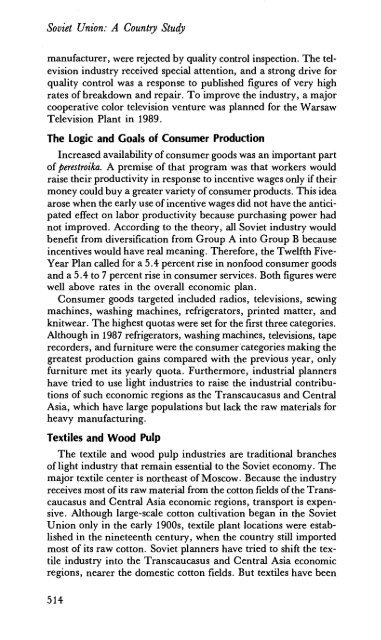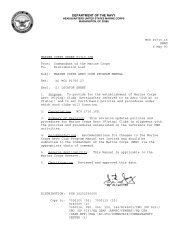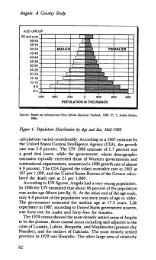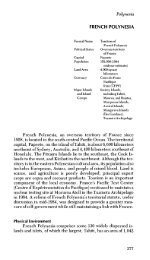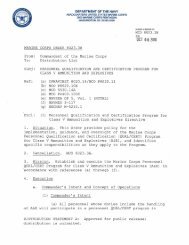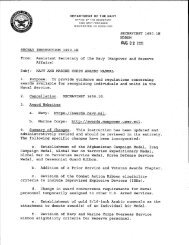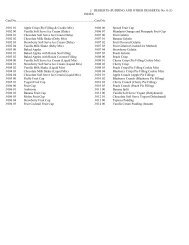Soviet Union Study_7.pdf
Soviet Union Study_7.pdf
Soviet Union Study_7.pdf
You also want an ePaper? Increase the reach of your titles
YUMPU automatically turns print PDFs into web optimized ePapers that Google loves.
<strong>Soviet</strong> <strong>Union</strong>: A Country <strong>Study</strong><br />
manufacturer, were rejected by quality control inspection. The television<br />
industry received special attention, and a strong drive for<br />
quality control was a response to published figures of very high<br />
rates of breakdown and repair. To improve the industry, a major<br />
cooperative color television venture was planned for the Warsaw<br />
Television Plant in 1989.<br />
The Logic and Goals of Consumer Production<br />
Increased availability of consumer goods was an important part<br />
of perestroika. A premise of that program was that workers would<br />
raise their productivity in response to incentive wages only if their<br />
money could buy a greater variety ofconsumer products. This idea<br />
arose when the early use of incentive wages did not have the anticipated<br />
effect on labor productivity because purchasing power had<br />
not improved. According to the theory, all <strong>Soviet</strong> industry would<br />
benefit from diversification from Group A into Group B because<br />
incentives would have real meaning. Therefore, the Twelfth Five<br />
Year Plan called for a 5.4 percent rise in nonfood consumer goods<br />
and a 5.4 to 7 percent rise in consumer services. Both figures were<br />
well above rates in the overall economic plan.<br />
Consumer goods targeted included radios, televisions, sewing<br />
machines, washing machines, refrigerators, printed matter, and<br />
knitwear. The highest quotas were set for the first three categories.<br />
Although in 1987 refrigerators, washing machines, televisions, tape<br />
recorders, and furniture were the consumer"categories making the<br />
greatest production gains compared with the previous year, only<br />
furniture met its yearly quota. Furthermore, industrial planners<br />
have tried to use light industries to raise the industrial contributions<br />
of such economic regions as the Transcaucasus and Central<br />
Asia, which have large populations but lack the raw materials for<br />
heavy manufacturing.<br />
Textiles and Wood Pulp<br />
The textile and wood pulp industries are traditional branches<br />
oflight industry that remain essential to the <strong>Soviet</strong> economy. The<br />
major textile center is northeast of Moscow. Because the industry<br />
receives most ofits raw material from the cotton fields ofthe Transcaucasus<br />
and Central Asia economic regions, transport is expensive.<br />
Although large-scale cotton cultivation began in the <strong>Soviet</strong><br />
<strong>Union</strong> only in the early 1900s, textile plant locations were established<br />
in the nineteenth century, when the country still imported<br />
most of its raw cotton. <strong>Soviet</strong> planners have tried to shift the textile<br />
industry into the Transcaucasus and Central Asia economic<br />
regions, nearer the domestic cotton fields. But textiles have been<br />
514


